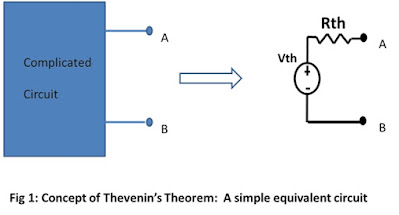Geospatial Technology

Geospatial technology is a term used to describe the range of modern tools contributing to the geographic mapping and analysis of the Earth and human societies. These technologies have been evolving in some form since the first maps were drawn in prehistoric times. In the 19th century, the long significant schools of map-making and mapmaking were joined by ethereal photography as early cameras were sent overtop on inflatables and pigeons, and afterward on planes during the twentieth century. The science and specialty of visual understanding and guide making was sped up during the Second World War and during the Cold War it took on new measurements with the appearance of satellites and PCs. Satellites permitted pictures of the Earth's surface and human exercises in that with specific impediments. PCs permitted capacity and move of symbolism along with the advancement of related computerized programming, guides, and informational collections on financial and ecological wonders agg


